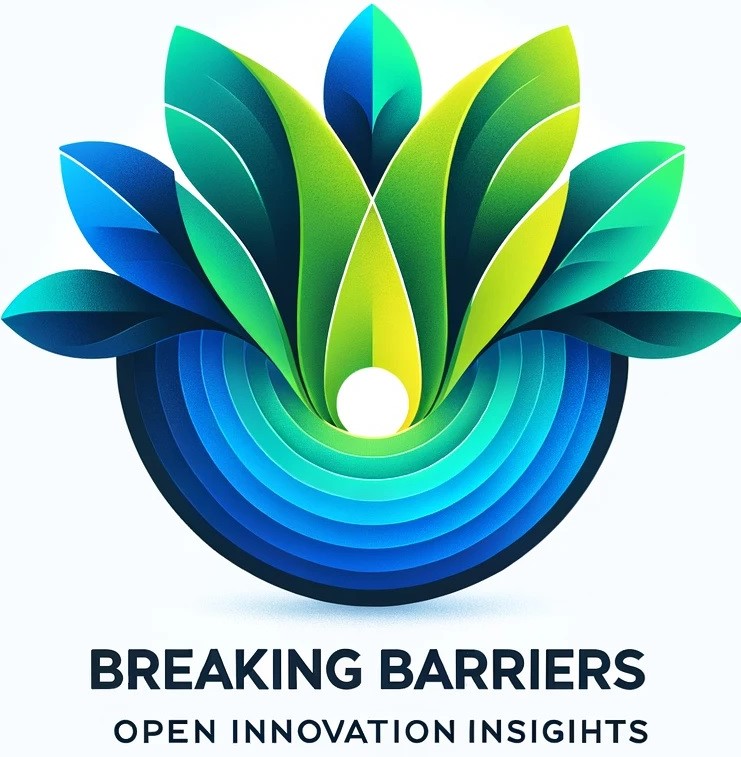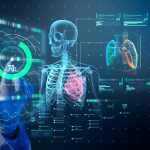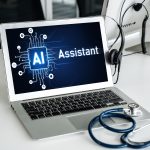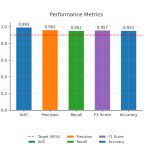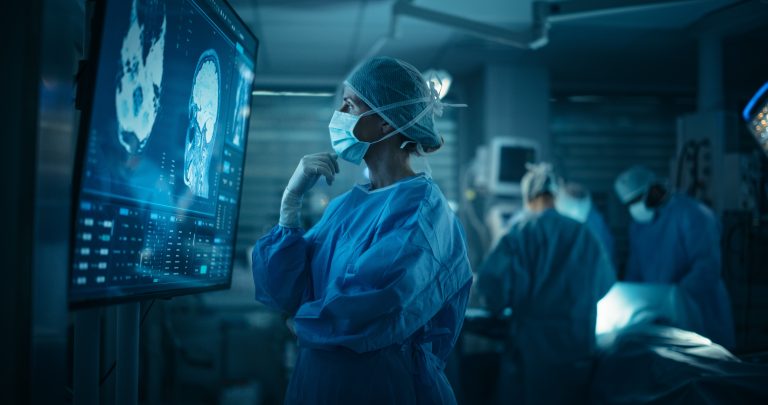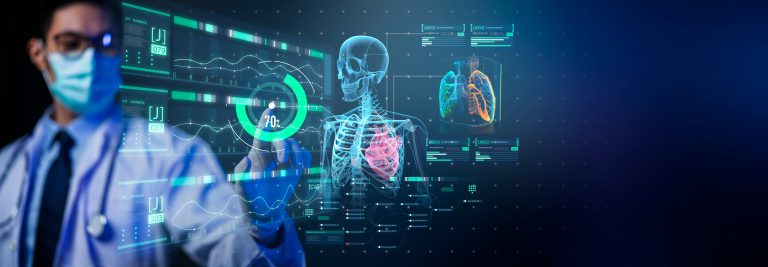
As an innovation and AI enthusiast, I see articles like these as windows into the future and a source of inspiration for new possibilities in innovation. So, as I read the article – “A foundation model unlocks unified biomedical image analysis,“ BiomedParse is a significant leap forward; its foundational framework opens doors to several exciting innovations, like the following that I could think of in the coming days-
- Personalized diagnostics for every patient – Imagine a world where an AI analyzes images and understands a patient’s medical history, combining it with image analysis to diagnose their unique situation. For example: AI could look at past MRI scans, blood tests, and genetic data alongside new images to predict how a disease might progress or suggest the best treatment.This would move diagnostics from “one-size-fits-all” to highly personalized medicine.
- Predicting disease before it happens – Future models could go beyond just finding existing problems in images. They could analyze patterns invisible to the human eye and predict potential issues years before symptoms appear. For example: Spotting subtle tissue changes that might lead to cancer or heart disease years later. This could enable early intervention and save lives.
- Fully automated surgery assistance – BiomedParse’s ability to detect and segment structures in images could evolve into real-time surgical tools. Imagine surgeons using augmented reality, where the AI highlights tumors or vital organs during surgery, guiding them precisely and reducing risks.
- Virtual training for doctors – AI could simulate virtual surgeries or diagnostic scenarios for medical training. Instead of dissecting cadavers or relying solely on textbooks, future doctors could practice on realistic virtual models created from datasets like BiomedParse. This would make learning more accessible worldwide.
- Emotional intelligence in healthcare AI – Incorporating emotional intelligence into the AI could allow it to recognize distress or urgency in patient-related cases. For example: If the AI spots a severe condition in a scan, it could prioritize that case for immediate review by a doctor, helping in life-saving triage situations.
- Understanding disease networks – Diseases are rarely isolated—they affect multiple parts of the body. AI could map how diseases interact, like understanding how diabetes impacts heart disease or kidney function. This would lead to holistic treatment plans instead of focusing on just one problem.
- Real-time patient monitoring – By integrating with wearable devices (like smartwatches), AI could continuously monitor patients for signs of trouble. If paired with imaging, it could alert doctors instantly if something serious, like internal bleeding or a stroke, starts to develop.
- Cross-Species diagnostics (my personal favorite due to my family’s love for animals – specifically dogs :-)) –What if we could apply this technology not just to humans but also to animals? Vets could use similar tools to detect illnesses in pets and wildlife, helping us care better for animals and even track disease outbreaks in nature.
- Self-Learning and Collaborative AI (a step towards AI talking to another AI) – Imagine different AI models from hospitals around the world sharing insights in real-time. If one AI discovers a rare disease pattern in India, another AI in the US could learn from it immediately. This kind of global AI collaboration could revolutionize healthcare.
